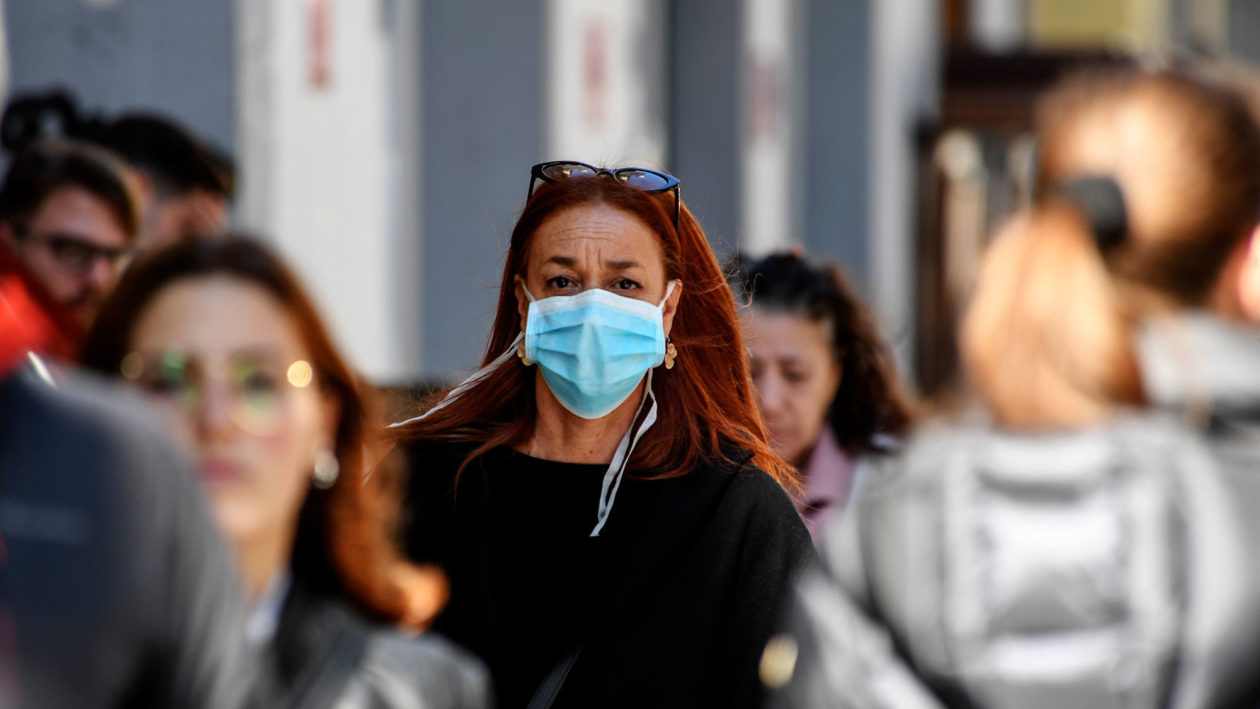
Coronavirus and Climate Change
In a recent article on YaleEnvironment360, National Council member Elizabeth Sawin offers us insight into the climate lessons we can learn from this time of pandemic:
Both the pandemic and the climate crisis are problems of exponential growth against a limited capacity to cope, said Elizabeth Sawin, co-director of Climate Interactive, a think tank. In the case of the virus, the danger is the number of infected people overwhelming health care systems; with climate change, it is that emissions growth will overwhelm our ability to manage consequences such as droughts, floods, wildfires, and other extreme events, she said.
When the outbreak finally ends, “if we can tell that story of what we just went through and help people understand that this is an accelerated version of another story we’re going through that has the same plot structure but a different timeline, that could be transformative.”
In Sawin’s view, the pandemic’s multi-layered impact supports an argument U.S. Green New Deal backers have been making: Tackling our biggest problems in tandem may be more effective than taking them on one at a time. Just as those without sick leave may spread the virus because they must work while infected, unaffordable child care and an employer-based health insurance system can rob people of the flexibility to relocate for jobs in growing industries like clean power, she said. “People are starting to understand that to have a whole society shift behavior really quickly, you need to support everyone,” Sawin said. “A social safety net reduces the friction of change.”

Not only does this pandemic demonstrate the need for swift action to combat the climate crisis, Sawin has also written about the recovery as an opportunity to invest in “cleaner air and water, a safer global climate, lower energy bills, alternatives to gas-guzzling cars, and better public health overall.”
The opportunities are clear, well-studied, and well-documented. Clean air and water don’t only result from loss and upheaval; they can be planned for, designed for, and invested in, and they can even produce other benefits at the same time.
Read more:

